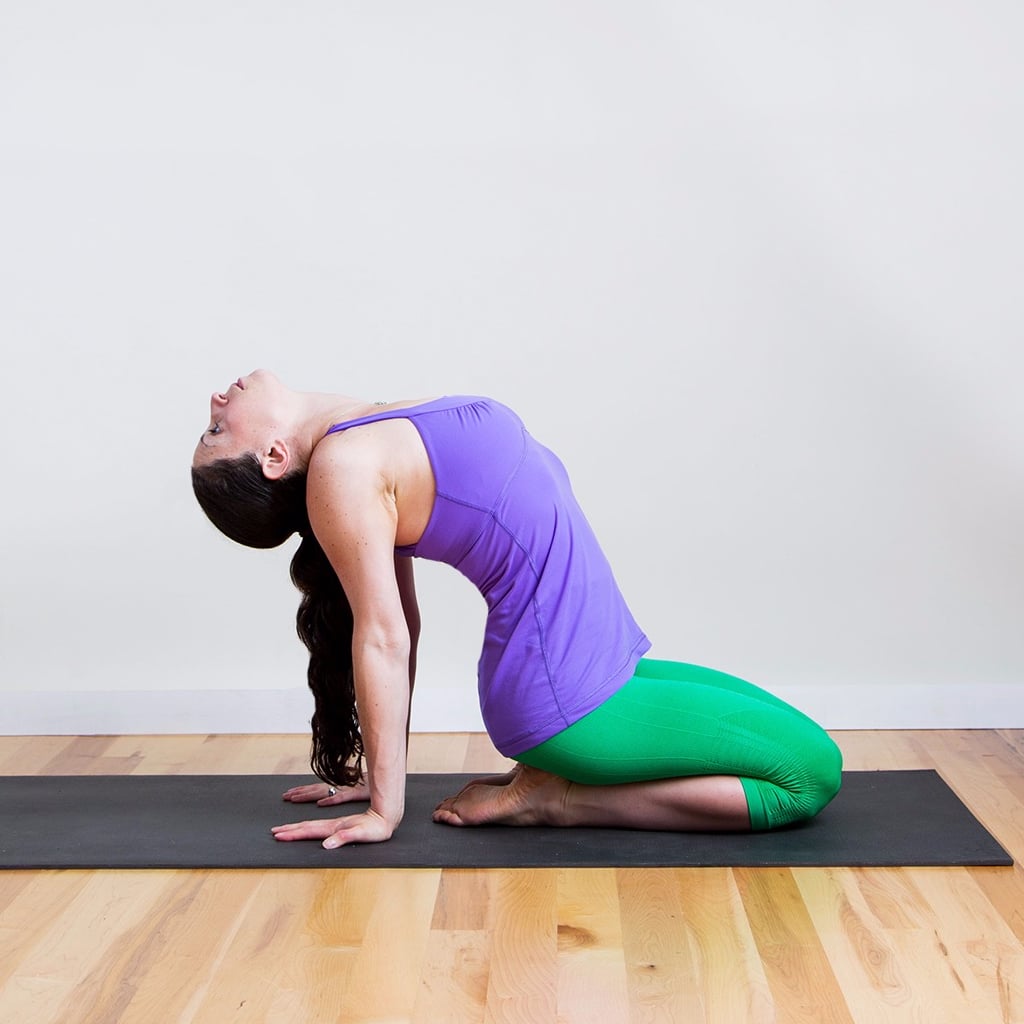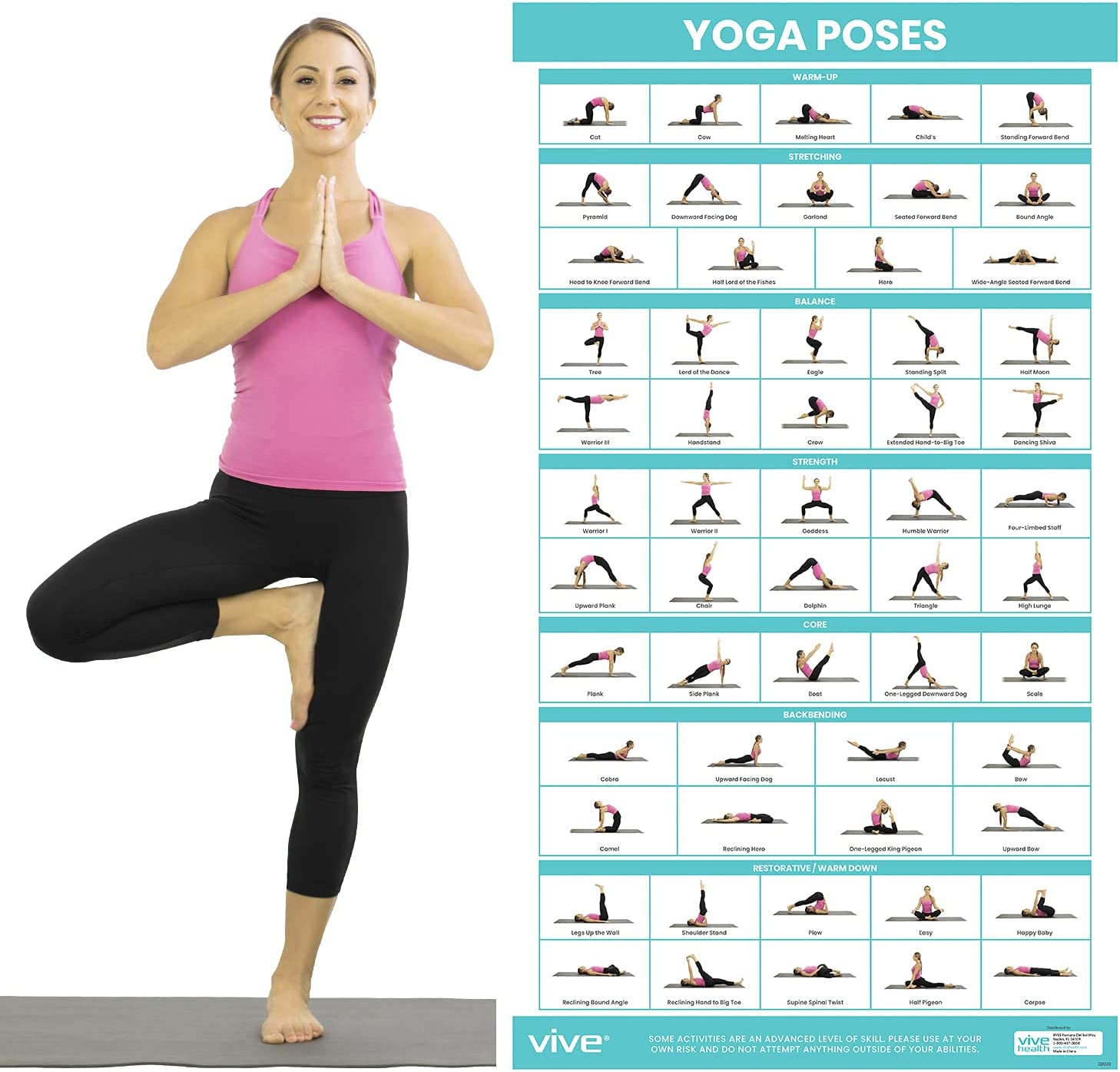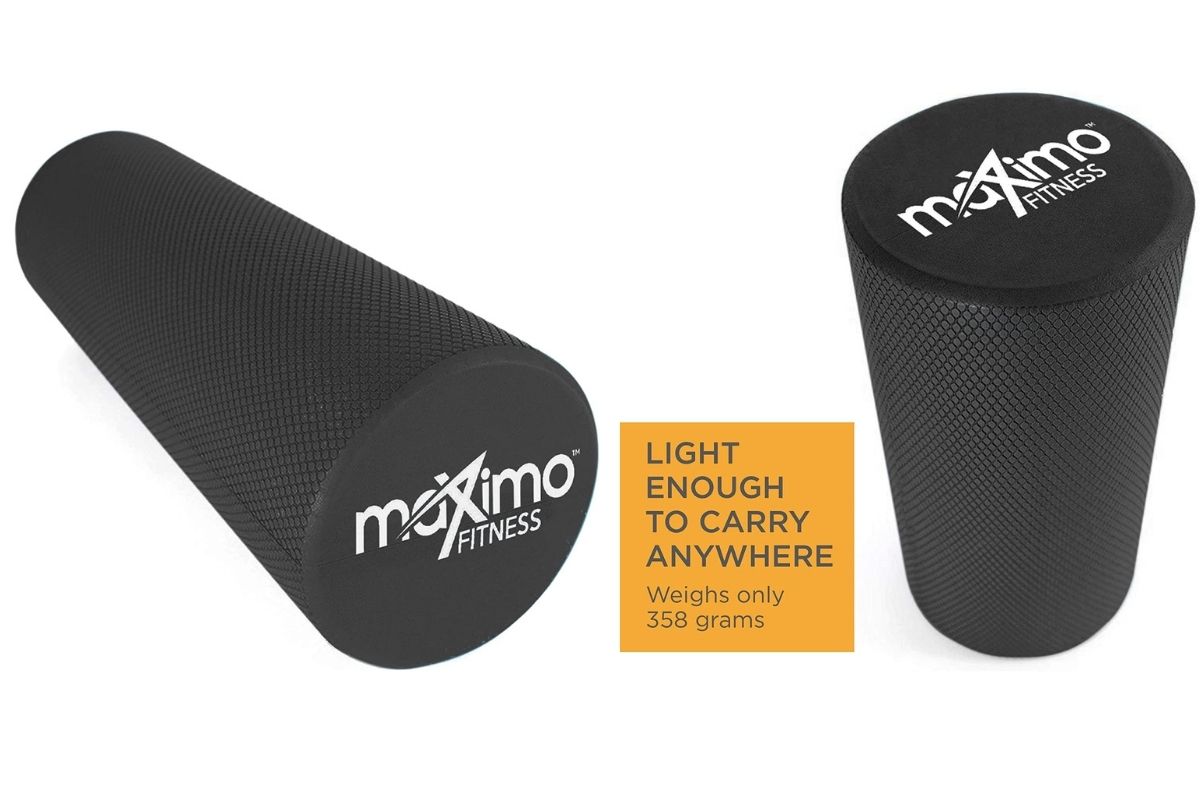
A yoga sequence's overall experience is the most important thing. The yoga poses in a sequence should embody these qualities, and each class should be designed to focus on specific aspects of the practice. When sequencing yoga poses, you should consider the time of day, season, moon phase, and current events. It is also important to keep your focus on your goals. Here are some tips to help you create an effective yoga class: Choose the best yoga poses that you want to concentrate on.
First, you need to decide when the poses will be taught. Begin with a warmup yoga sequence. More experienced yogis could also use it to avoid injury. Part one is for beginners and requires sitting comfortably on a bench or block. Then, practice part two. Make the sequence more challenging by adding more advanced variations.
Once you have chosen your peak poses, consider incorporating some stretches or meditations into the sequence. This will enable students to be more aware and understand their body alignment. You should consider the needs and bodies of your students when designing your sequence. You should choose asanas that you find easy to do if your classes are intended for beginners. Practice them slowly, and then gradually, during your class.

You should consider the physical requirements for your students when planning the sequence. By the third or forth class, your students should be capable of performing the most difficult poses. A yoga class should feel comfortable and revitalizing if it is properly structured. The main goal of yoga is not to achieve a particular result, but the process. The intention of yoga is to enjoy both the practice, and the journey. It should be enjoyable if you do this. You should be truthful with your body, breath and the rest of the class.
Before teaching yoga, it's important to know the needs and abilities each student. Good yoga classes should be able to guide students through poses easily and make them feel at ease. You will gain confidence as a teacher by learning the sequence. Your students should have the proper yoga experience. Beginners should avoid starting a class in a seated posture. The posture should be followed by a stretch. Avoid using the wrong postures.
Teaching yoga classes should be easy. It is possible that a beginner may require more time to learn the basics. You may need to spend more time doing the poses. Teaching a class is a great way to keep an eye on the students' abilities. Those with new injuries may need to take longer than the usual time to get used to the poses.
Your students will be able to achieve their goals by following a yoga sequence. It is essential to have the proper postures in the right order. You need to be able recognize the importance and significance of each posture in a yoga class. It is important to choose poses that are most suitable for your students. You should not neglect your students' needs. Respecting your students' needs is essential. If you can't teach yoga classes effectively, you'll be able to teach a good class to your students.

It is important to follow a yoga routine. It allows you the flexibility to add the poses to your classes. Even if you don’t have a yoga studio, you can still practice at your home. Try to create a playlist that works for you. This is a great way not only to teach yoga classes but also to increase your confidence. You'll feel more confident in your ability to teach yoga classes.
Your students will love creating a sequence of yoga poses. If you create a sequence that works for you, your students can learn to follow it. With practice you can create an incredible class. Your students will feel more comfortable and happier when you are teaching them. This is your greatest gift as a teacher. This will ensure students have a pleasant experience.
FAQ
Which exercise is the best for men?
It all depends on your goals. Cardio exercises are great for anyone looking to lose weight.
For those who want to gain muscle mass, strength training will be a better option, as it increases your lean body mass.
Both types have been proven to have benefits for your overall well-being.
I recommend HIIT, or sprint interval training, if you want fast results. This type of training helps you burn fat quickly by increasing your metabolism. It can also increase your endurance, so that you can train even when fatigued.
Can I consume alcohol while working out?
Yes. Alcohol has increased energy expenditure, speed up recovery time, and reduced soreness.
The insulin sensitivity of alcohol is also increased, which makes it easier for glucose to be absorbed.
However, alcohol can lead to dehydration that can slow down your metabolism. It can also decrease testosterone production, which can affect muscle-building ability.
It is important that women refrain from drinking alcohol before they exercise. Women who have consumed a lot of alcohol should wait at most 24 hours before working out.
Breastfeeding women should stay away from alcohol.
Men should drink only one glass of alcohol per day.
How to Build Muscles Fast
The best way to quickly build muscle is to eat healthy and exercise regularly.
When you're fresh and ready to do something, early morning is the best time for working out.
Exercises such as push-ups and bench presses are good options.
Take a look at different weight training options and make sure to drink plenty of fluids throughout the day.
Statistics
- Cardmembers earn 5% Back at Amazon.com with a Prime Credit Card. (amazon.com)
- 10 pounds in a month is likely during a lean bulking phase, especially for beginners. (muscleandstrength.com)
- The PRS enabled risk stratification for overall prostate cancer and lethal disease with a four-fold difference between men in the highest and lowest quartiles (HR, 4.32; 95% confidence interval [CI], 3.16-5.89). (pubmed.ncbi.nlm.nih.gov)
- Candidates and applicants must pass all four tests at 70% (minimum level) to graduate from Basic Deputy U.S. Marshal (BDUSM) Training. (usmarshals.gov)
- Get free shipping and 25% off today. (healthline.com)
External Links
How To
How can I burn fat and exercise?
Exercise reduces calories by increasing metabolism, and oxygen consumption.
You'll lose weight safely if you exercise at moderate intensity.
These are the top tips for burning fat while you exercise.
-
Do cardio exercises such as walking, swimming, jogging, cycling, running, or elliptical training.
-
Do 30 minutes of exercise three times a week.
-
You can add strength training into your exercise routine if you're looking to lose even more weight.
-
Avoid intense exercise. It's possible to build muscle, but not lose it.
-
During exercise, drink plenty of water. Water is essential for flushing out toxins and keeping your body hydrated.
-
After working out, drink low-fat protein shakes. Protein shakes can help boost energy and repair muscles.
-
Eat smaller meals throughout the day, so you don't feel hungry between meals.
-
Don't skip breakfast! Skipping breakfast can make you tired and sluggish.
-
Take care of your mental health. Stressful situations can affect your metabolism.
-
Keep a positive attitude. Research shows that overweight people gain more weight if they believe they are overweight than those who believe they look good.
-
Get enough sleep. You will have a harder time losing weight if you do not get enough sleep.
-
Be active. Be sure to get up and move around every hour or two.
-
Maintain a healthy diet. Eat right to feel satisfied and full for longer.
-
Find relaxation techniques. An anxious mind won't allow your body release stress hormones, which can lead to the destruction of muscle tissue.
A balanced diet is one that includes all of the essential nutrients required for growth.
You should eat six small meals per day rather than three large ones. This allows your body to properly digest what you have eaten.
Calcium is required to support strong bones. Calcium can be found as a dairy product such as milk, yogurt and fortified soy drinks, orange juices, cereals, breads, and cereals.
Calcium is found in leafy vegetables, beans and tofu, as well nuts, seeds and cheese.
Vitamin D is necessary for the body to absorb calcium. It's found in fatty fish, egg yolk, and some fortified foods.
Vitamin E is vital for your skin's health. Vitamin E can also be found in vegetable oil, wheat germ oils, peanuts as well almonds, sunflower seeds and corn.
Zinc is essential for healthy immunity and wound healing. Zinc can be found in seafood, legumes and meats.
Zinc deficiency can cause fatigue, loss of appetite, depression, and impaired immunity.
Too much sugar leads to insulin resistance. This results in higher blood glucose levels. Insulin resistance can lead to weight gain.
When there is a high level of free radicals, insulin resistance can develop. Free radicals refer to molecules that contain unpaired electrons. They can damage cell membranes and other body parts.
Food additives, pesticides and herbicides, as well as preservatives, smoking and radiation are all sources of free radicals.
Free radical damage can lead cancer, heart disease or diabetes, arthritis, asthma, or other forms of aging.
A well-balanced diet rich in antioxidants is the best way for you to avoid free radical damage. Antioxidants protect against oxidative damage.
Vitamin C, beta carotene (found within citrus fruits, carrots, sweet potatoes and spinach), Vitamin E (found inside nuts, olive oils, avocados and eggs), and Vitamin C (found among mangoes.
Other antioxidant nutrients include selenium, copper, manganese, and zinc.
Selenium is known to protect cells from the oxidative damage that free radicals can cause. Selenium can also be found in Brazil nuts (tuna), liver, kidneys and shrimp.
Copper protects the brain and eyes as well as the lungs and red blood cells. Copper can be found in shellfish and poultry as well as meat and organ meats.
Manganese plays an important role in bone structure. Manganese can also be found in oatmeal, brown rice, spinach and bananas.
Zinc helps with normal growth, reproduction, as well as wound healing. Zn is present in lean cuts of meat and white fish, as well as eggs.